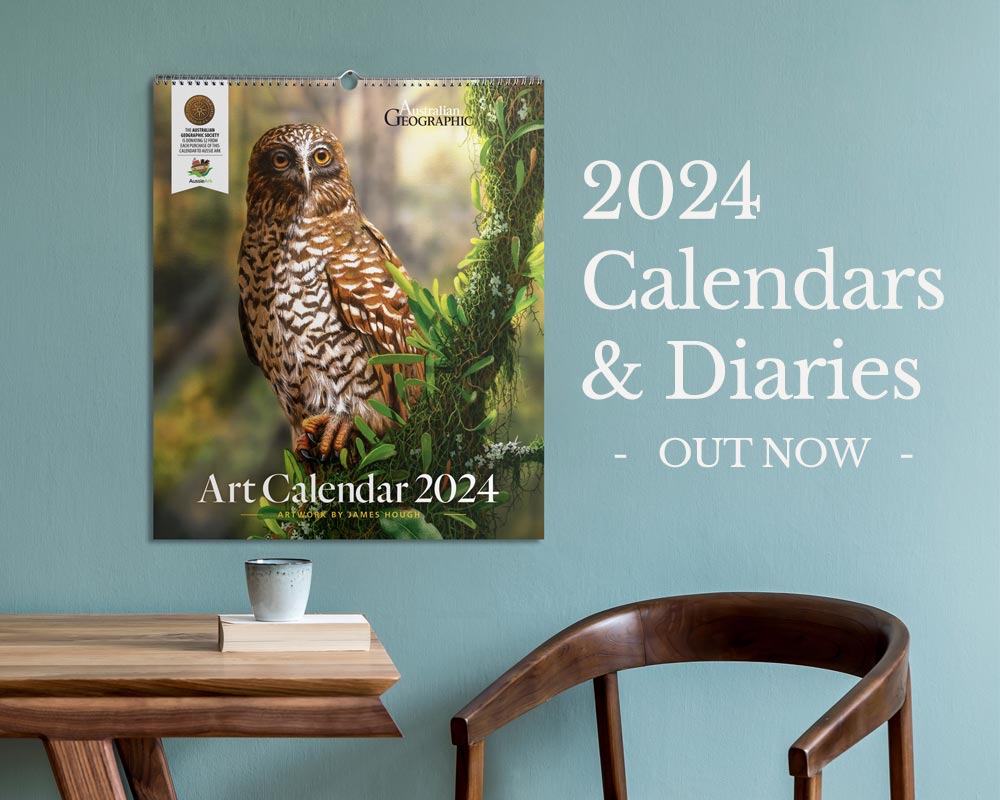The best meteor shower of the year is about to grace our skies

On 14 December, the Geminids meteor shower will light up the sky.
Prepare yourself for an early wake up as the best time to view this year’s show is at 2 AM on Monday morning, but you could also catch it on the Sunday morning or the following Tuesday morning, weather permitting.
Emerging out of the constellation Gemini (hence the name), the Geminids are generally very bright, and travel at a medium speed – perfect for viewing. You can expect around one meteor every one to two minutes.
The show is expected to be much better than last year’s, when a full moon interfered as this year’s shower coincides with a new moon.
Viewers do not need binoculars or a telescope to see the shower, you just need to give your eyes about 15–20 minutes to adjust to the night sky.
The Geminids meteor shower occurs at a similar time each year, when Earth passes through a cloud of debris from a parent Asteroid, named the 3200 Phaethon. The Geminids meteor shower is particularly unusual as it is formed from an asteroid and not a comet.
Another factor that separates the Geminids from many other meteor showers – such as the Perseids and the Lyrids, which have been around for thousands of years – is that it is a relatively new phenomenon, observed for the first time only 150 years ago.
This is because the orbit of the debris cloud (along with the parent asteroid, Phaethon) is rapidly shifting over time. As its trajectory wobbles around the Sun, the centre of the Geminids orbit is moving closer to Earth with each year, which is why it has become more visible in the last century and a half.
Find out more details about viewing the Geminids meteor shower, including dates and time specific to your city, here.




